Chemistry
Super scintillators enable X-ray detection at an ultralow level
Sensitive and flexible scintillation screens bring better X-ray imaging.
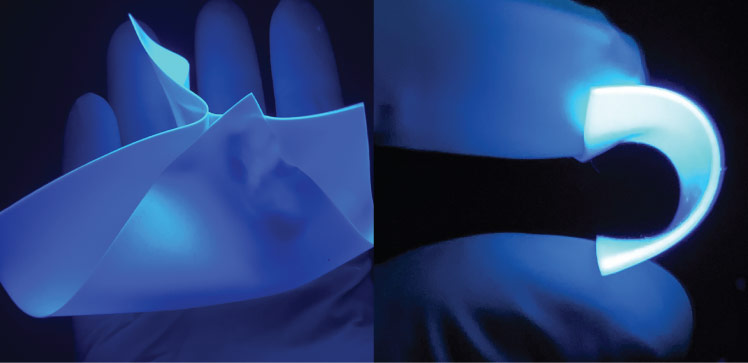
The introduction of lead-free metal halide powder into a scintillation screen took some tinkering. Once a KAUST team worked out the right technique, they were able to produce an exceptionally efficient, robust and flexible scintillation film to bring significant improvements in medical, industrial and security X-ray imaging.
Scintillation materials release visible light, or “scintillate,” in response to absorbing invisible X-ray high-energy photons. They are used to construct digital images that reveal the relative passage and obstruction of X-rays as they encounter any solid object, such as a region of the body, an industrial component or an object being screened for security purposes.
X-ray scintillation is already routine technology, but researchers are continually exploring ways to make it more sensitive, efficient and readily adaptable.
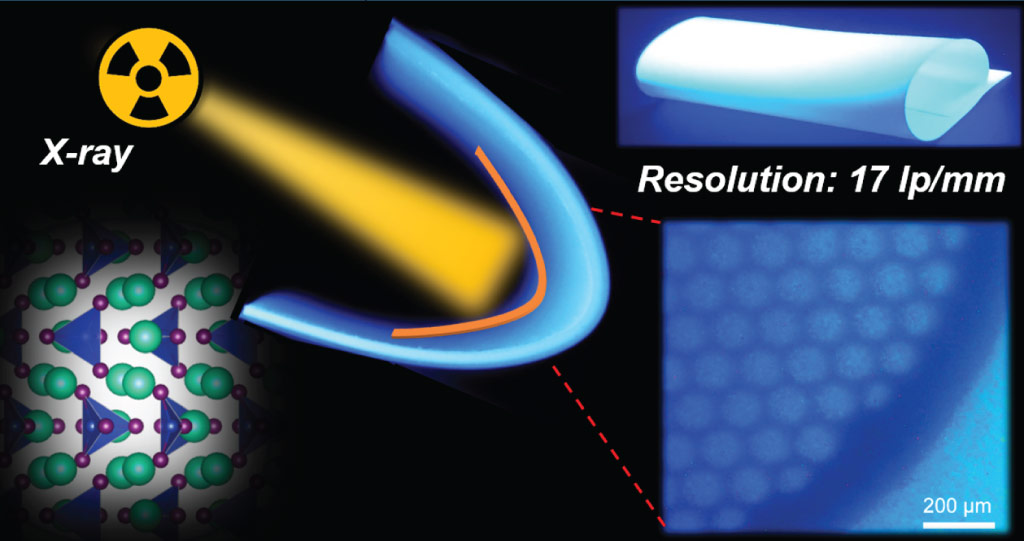
The flexible scintillation screens developed by the team can detect X-rays at ultralow levels, approximately 113 times lower than a typical standard dose for X-ray medical imaging.
© 2022 KAUST.
“Currently used materials suffer from several drawbacks, including complex and high-cost fabrication processes, radioluminescence afterglow and nontunable scintillation,” says Yang Zhou, a postdoc in Omar Mohammed’s lab.
Materials called lead halide perovskites have attracted considerable attention and shown significant promise. Novel perovskites are a category of materials that share the same crystal structure as the natural perovskite mineral calcium titanium oxide, but they include a variety of different atoms that replace all or some of those found in natural perovskite. Lead halide perovskites incorporate both lead and one or more elements of the halogen group, such as fluorine, chlorine, bromine and iodine.
Despite the abilities of lead halide perovskites as X-ray scintillators, their commercial applications are limited by technical problems, including poor stability when exposed to light and air, reabsorption of some of the scintillated light and the toxicity of lead.
The KAUST team have overcome these problems by developing lead-free metal halides based on cesium, copper and iodide ions in the ratio Cs3Cu2I5, with crystals of that material incorporated into thin and flexible films of the polymer polydimethylsiloxane.
The researchers say it was challenging to get the copper halide powders uniformly distributed in the film, but eventually achieved this by dispersing the powder in solvent before adding polydimethylsiloxane.
Their flexible scintillation screens can detect X-rays at ultralow levels, approximately 113 times lower than a typical standard dose for X-ray medical imaging,” says Omar Mohammed, leader of the research group.
“Another vital advance is that the X-ray spatial resolution reported in this study is the highest achieved to date for powder-based screens,” says Zhou.
“The physical flexibility of our films is also very important,” adds Mohammed. He explains that highly efficient flexible scintillation screens are urgently needed for using X-rays to better analyze awkward shapes.
The team already has plans to commercialize their advance. They also hope to refine their fabrication techniques and explore the potential of similar screens made from similar material compositions.
References
- Zhou, Y., Wang, X., He, T., Yang, H., Yang, C., Shao, B., Gutiérrez-Arzaluz, L., Bakr, O.M., Zhang, Y, Mohammed, O.F. Large-area perovskite-related copper halide film for high-resolution flexible x ray imaging scintillation screens. ACS Energy Letters 7, 844-846 (2022).| article
You might also like

Applied Physics
Natural polymer boosts solar cells
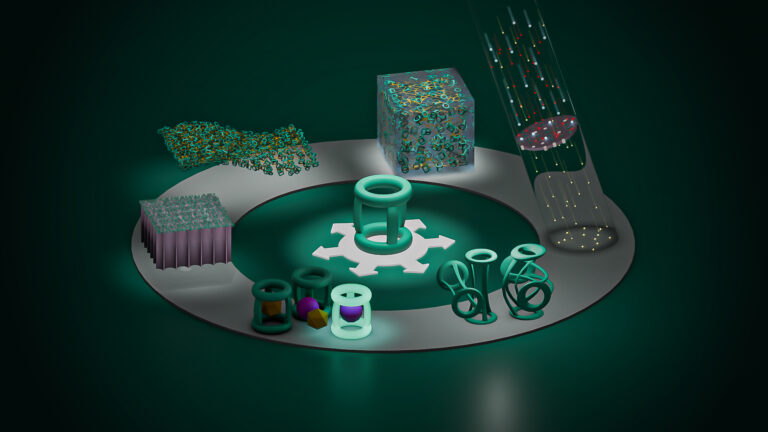
Chemistry
Disruptive smart materials flex with real world potential
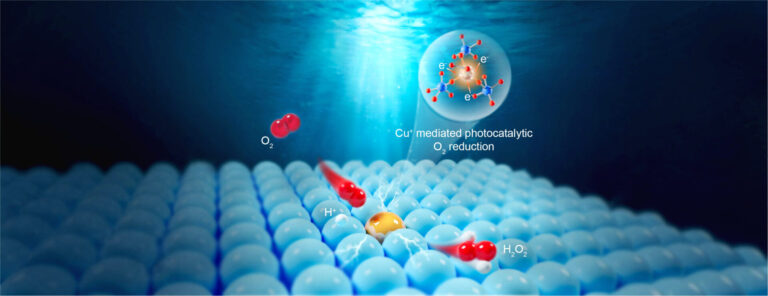
Chemistry
Catalysts provide the right pathway to green energy
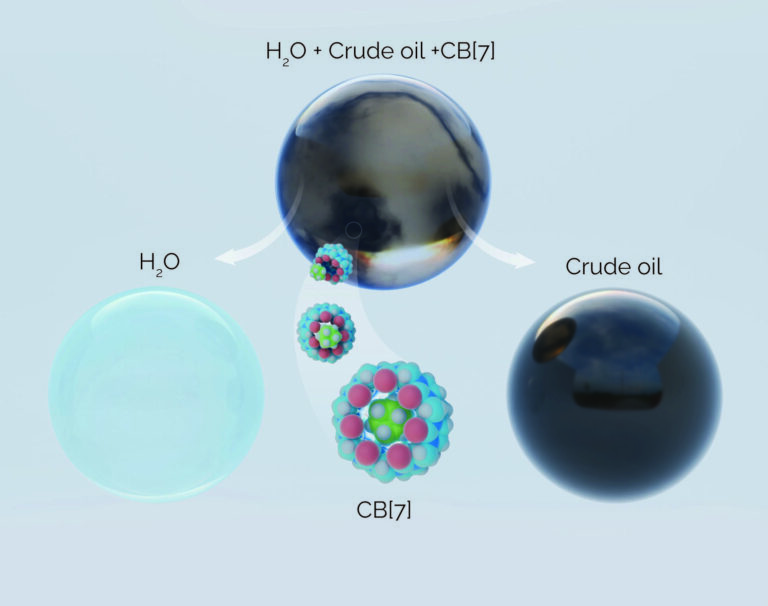
Chemistry
Hollow molecules offer sustainable hydrocarbon separation
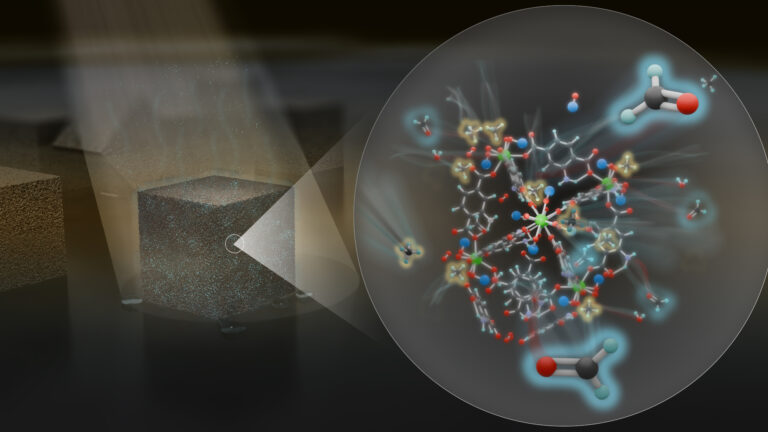
Chemistry
Maximizing methane

Chemistry
Beating the dark current for safer X-ray imaging

Chemical Engineering
Net benefits for advanced materials design

Chemical Engineering




